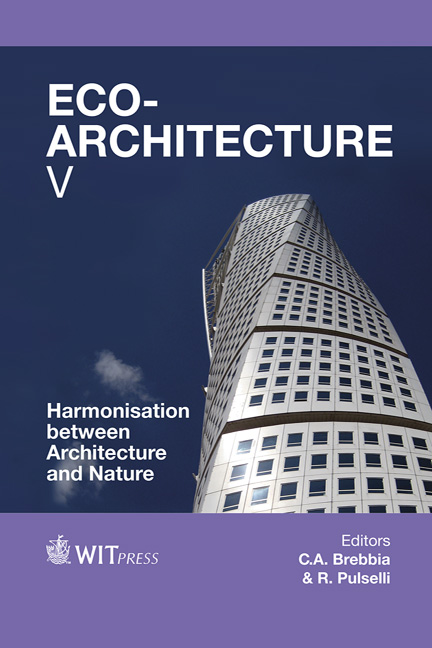Architecture As Symbolic Reverence For Nature: Case Studies: Seed Cathedral – 21st Century And Pigeons’ Monastery – 16th Century
Price
Free (open access)
Transaction
Volume
142
Pages
12
Page Range
47 - 58
Published
2014
Size
933 kb
Paper DOI
10.2495/ARC140051
Copyright
WIT Press
Author(s)
E. S. Mashhadi
Abstract
Ostensibly unprecedented pieces of architecture, the Seed Cathedral in the Shanghai World Expo and Isfahan’s Pigeon Towers in Iran, are two instances where celebrating nature has been formally manifested. In addition to their immediate functions – the former is an exhibition space and the latter a facility which collects birds’ droppings as natural fertilizer – they have transcendental intentions: through the formal glorification of the natural, both projects connote the perpetual and timeless interdependencies between the human and nature. By comparing these two buildings, the paper will demonstrate how the same desire has been resurrected into distinct architectural types across time and place. Beyond their similar ecological intentions, the tectonic logic rooted in the agglomeration of an irreducible unit – the dimension of which is based on the bodily proportions of the organism it accommodates – allows these two artifacts to relate in an intricate way. By focusing on the ecological and sustainable features of the Pigeon Towers, the paper will reiterate architecture’s capacity to operate simultaneously in two extreme domains: overlaying the maximum efficiency and the aesthetic perfection. To substantiate the analogy, the paper utilizes Synonymity in Architecture as an operative theory of design to reveal the identical underpinning formation of the two projects. It explains how two ostensibly contrasting artifacts are essentially interrelated.
Keywords
sustainable agriculture, ecological architecture, Pigeon Towers, architecture genesis, design process, typology, Synonymity in Architecture





